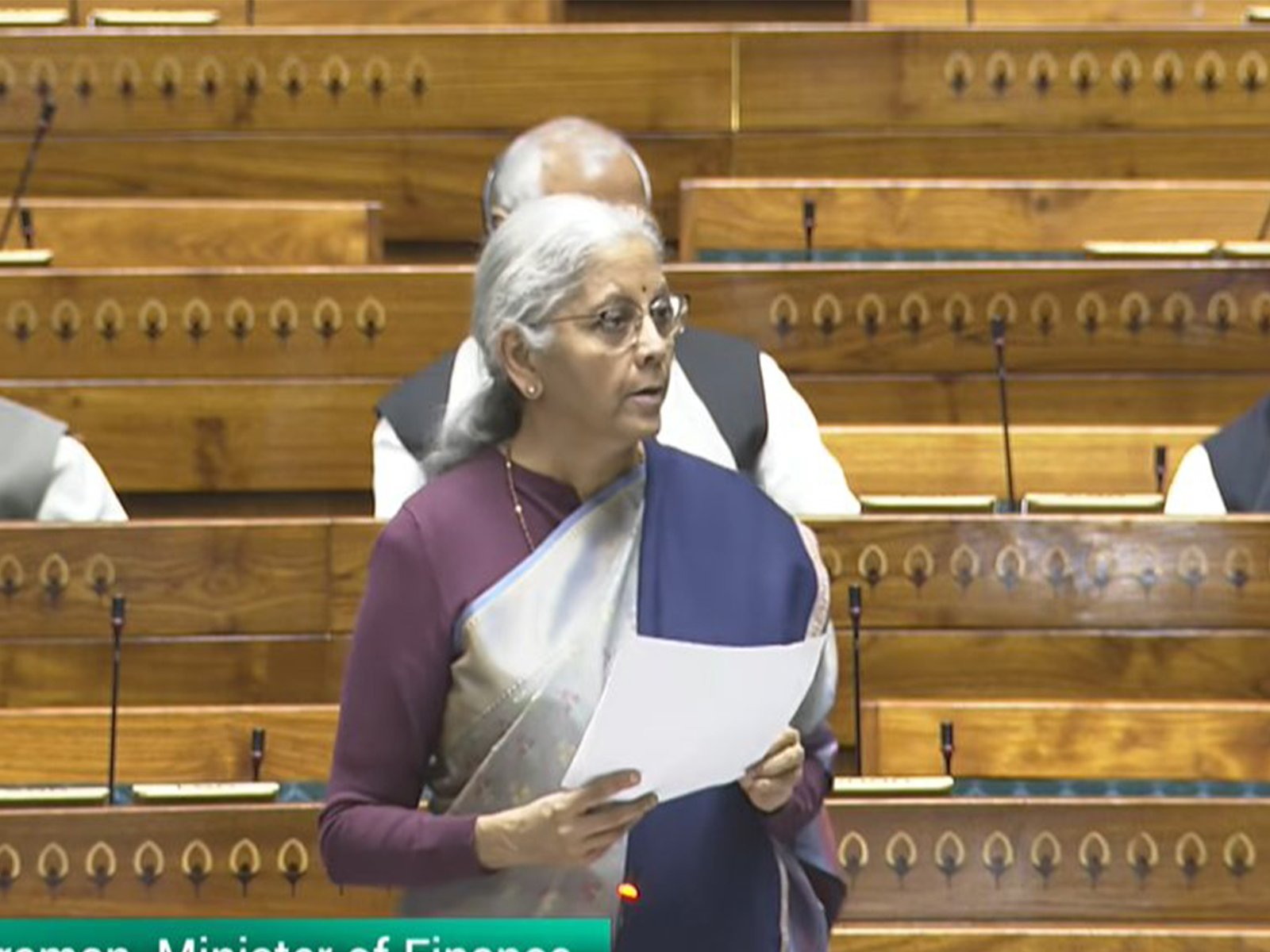Why in the News?
- Punjab witnessed one of its worst floods in recent memory, with all 23 districts affected and over 2 lakh hectares of farmland
- Ahead of the wheat-sowing season, concerns have been raised about soil fertility, productivity, and farmer recovery strategies.
- Recent soil sampling studies by Punjab Agricultural University (PAU) show that while damage is significant, fertility loss is manageable with timely interventions.
Key Highlights
- Dual impact of floods on soil
- Erosion: Loss of nutrient-rich topsoil containing phosphorus, nitrogen, and carbon.
- Silt deposits: Heavy silt blocks root growth and microbial activity; light/fine alluvial silt can enhance fertility.
- Waterlogging: Causes compaction, reduced aeration, nutrient leaching, and pH imbalance.
- Scientific findings from PAU soil tests
- Nutrient leaching (especially nitrogen) and slight pH imbalance observed.
- Topsoil loss reduces organic matter, but this can be corrected with deep ploughing, targeted fertilisation, and organic amendments.
- Farmers advised to conduct soil testing before fertiliser application for better nutrient management.
- Recovery strategies suggested by experts
- Mixing light silt (2–3 inches) through ploughing; deep chiselling for 9-inch silt in lighter soils.
- In heavy soils with thick deposits, manual/mechanical removal is advised.
- Use of compost and organic matter to restore soil texture.
- Vigilance against weeds introduced by floodwaters.
- Policy support from the government
- Policy “Jisda Khet Usdi Ret” allows farmers to sell deposited silt/sand without needing environmental clearances.
- Helps in quick land clearance and provides income recovery.
- Example: In Sultanpur Lodhi, tractors are already clearing fields for rabi preparation.
- Crop cycle restoration strategies
- Timely sowing of wheat (late October–Nov 20) possible in most areas if intervention is early.
- Options in waterlogged fields: bed planting of wheat, transplanting gobhi sarson seedlings.
- Short-duration crops (toria, potato, maize) can be grown before wheat where possible.
- Fodder crops like maize+ cowpea or sorghum+ cowpea recommended for livestock needs.
Key Terms
- Topsoil
- The nutrient-rich uppermost soil layer (5–20 cm).
- Contains organic matter, microbes, and nutrients critical for crops.
- Easily eroded by floods.
- Regeneration takes decades if lost.
- Protecting it is vital for long-term agricultural sustainability.
- Silt Deposition
- Sediment carried by floodwaters.
- Fertile when fine-grained; harmful when thick and sandy.
- Alters soil texture and root penetration capacity.
- Historically replenished Indo-Gangetic plains.
- Needs careful management post-floods.
- Soil Compaction
- Compression of soil particles, reducing pore space.
- Prevents aeration, root growth, and microbial activity.
- Caused by prolonged waterlogging or heavy machinery.
- Leads to reduced productivity.
- Reversed by deep ploughing and organic matter use.
- Leaching of Nutrients
- Downward movement of nutrients (like nitrogen) beyond root zone due to excess water.
- Common after heavy rains or floods.
- Makes soil less fertile temporarily.
- Requires fertiliser management to restore balance.
- Monitored through soil tests.
- Bed Planting
- Sowing crops on raised beds rather than flat fields.
- Prevents waterlogging in low-lying areas.
- Enhances water use efficiency.
- Promotes better root aeration.
- Suitable for wheat in flood-affected Punjab fields.
Implications
- Agricultural productivity: Fertility loss is not permanent; with scientific management, normal productivity can resume.
- Food security: Timely recovery ensures uninterrupted wheat production in a key grain-producing State.
- Economic stability: Farmers can recover costs through silt sale and crop diversification.
- Soil management awareness: Pushes farmers to adopt soil testing, nutrient balancing, and sustainable practices.
- Disaster resilience: Strengthens Punjab’s preparedness for climate-induced flooding in the future.
Challenges and Way Forward
| Challenges | Way Forward |
| Topsoil erosion and nutrient loss | Adopt deep ploughing, balanced fertilisation, and organic amendments. |
| Heavy silt deposits reducing root growth | Mix light deposits; remove thick layers manually/mechanically; integrate compost. |
| Prolonged waterlogging causing soil compaction | Improve drainage, adopt bed planting, and encourage alternate cropping methods. |
| Farmer financial stress | Provide compensation, promote silt-sale schemes, and ensure credit support. |
| Weeds and pests introduced by floods | Strengthen weed management campaigns and pest surveillance. |
| Short sowing window before rabi crop | Deploy coordinated extension services to accelerate field recovery. |
Conclusion
Punjab’s floods have exposed the fragility of agricultural systems but also highlighted the resilience of soil and farmers. With scientific soil management, crop diversification, government support, and farmer participation, fertility loss can be reversed. Rather than long-term decline, the floods can serve as a lesson in building climate-resilient agriculture.
| EnsureIAS Mains Question Q. Punjab’s 2025 floods damaged large areas of farmland, raising concerns about soil fertility and crop cycles. Discuss the dual impact of floods on soil, and suggest recovery strategies to balance productivity with long-term resilience. (250 words) |
| EnsureIAS Prelims Question Q. With reference to flood impact on agriculture, consider the following statements: 1. Floods always reduce soil fertility by depositing thick layers of infertile silt. 2. Soil waterlogging due to floods can lead to nutrient leaching and pH imbalance. 3. Fine-textured alluvial silt deposited by floods may enhance soil productivity. Which of the statements given above is/are correct? Answer: B (2 and 3 only). Explanation: Statement 1 is incorrect: Not all silt is bad; fine alluvial silt often enhances fertility. Statement 2 is correct: Waterlogging leads to nutrient leaching and temporary pH imbalance. Statement 3 is correct: Floods can deposit fertile silt, historically improving soil productivity. |
Also Read | |
| UPSC Foundation Course | UPSC Daily Current Affairs |
| UPSC Monthly Magazine | CSAT Foundation Course |
| Free MCQs for UPSC Prelims | UPSC Test Series |
| ENSURE IAS NOTES | Our Booklist |





